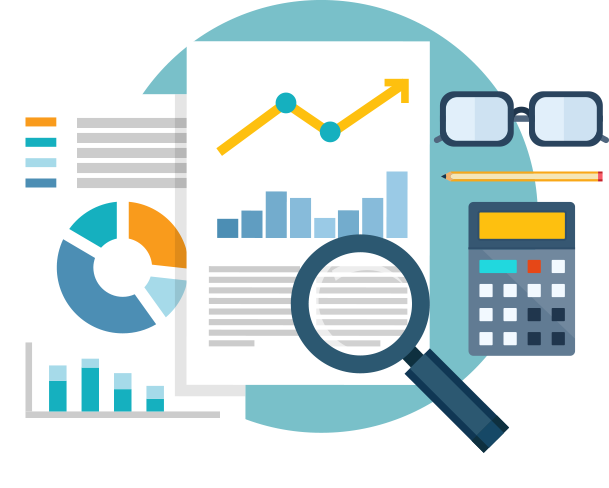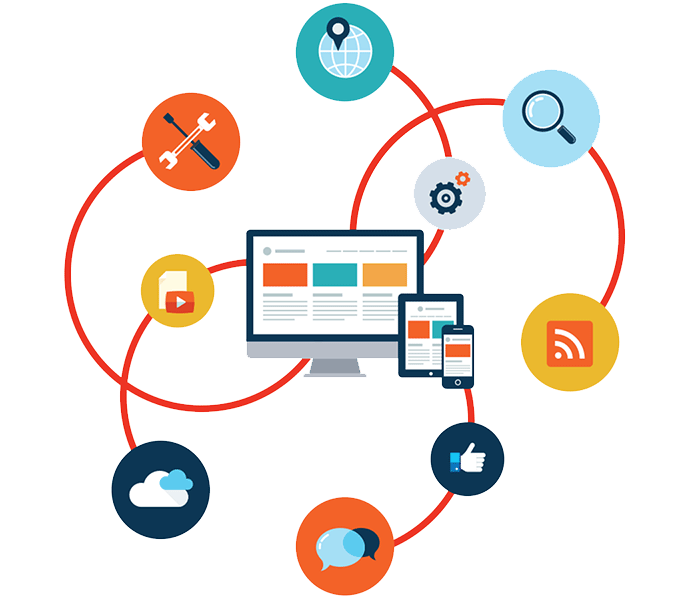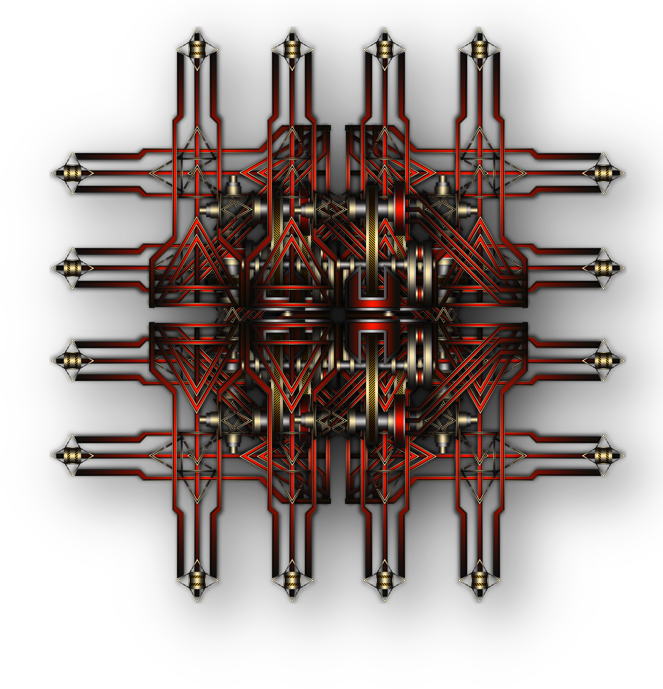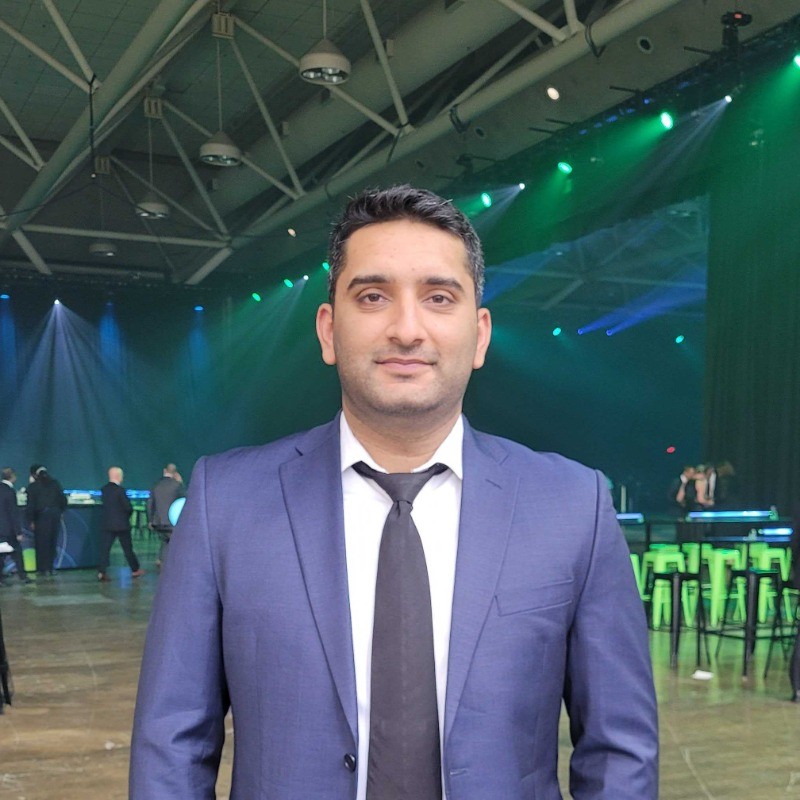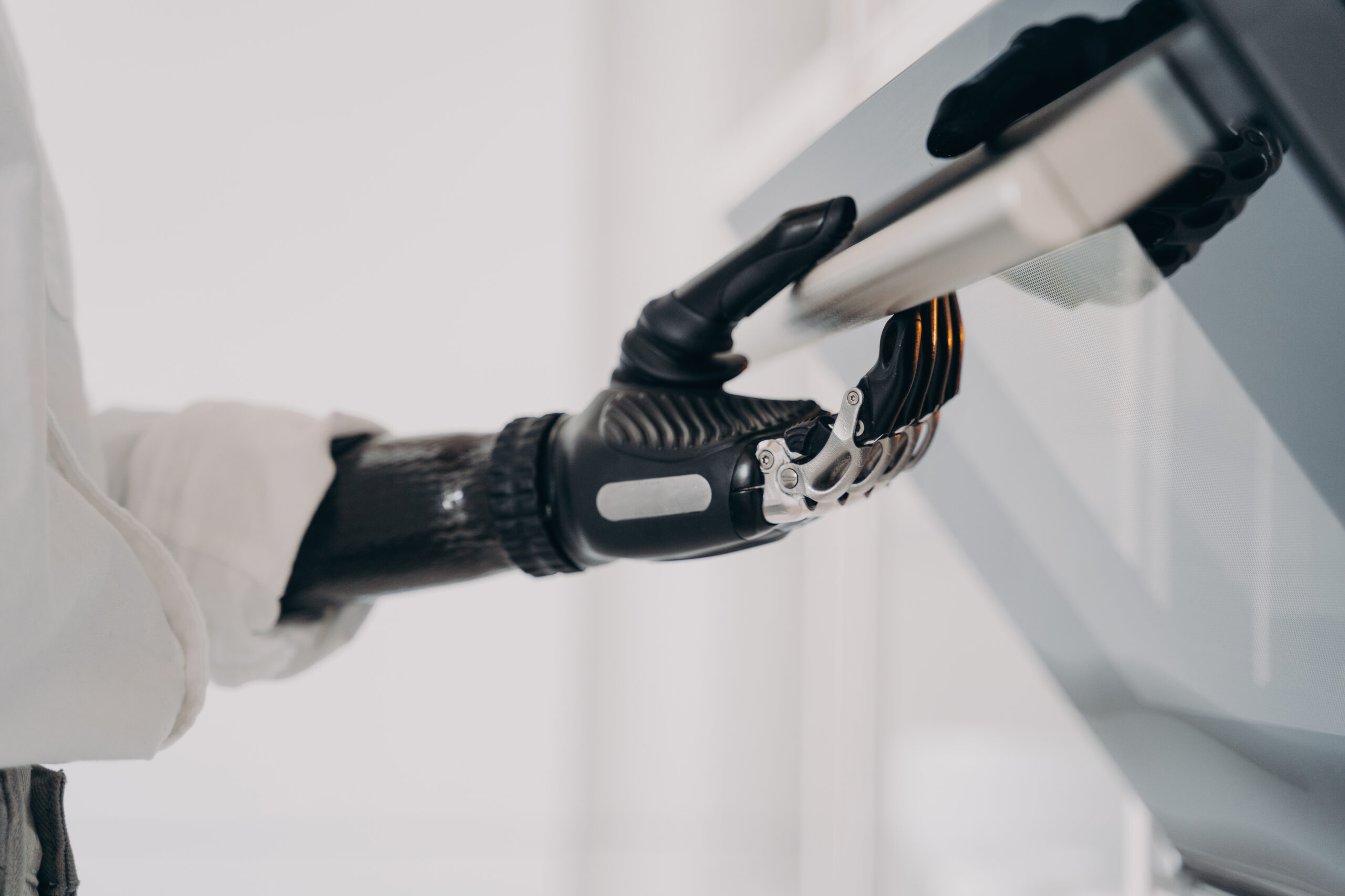Tesla CEO Elon Musk has grand plans to put Optimus, the AI-powered humanoid robot, into action, and now it has just made a big stride, both physically and metaphorically speaking. Tesla has just released a new video of the robot doing actual household chores such as sweeping the floor, mixing food in a bowl and tearing a paper towel.
Although this may seem like humble tasks, they represent a giant step in the world of robotics since all these tasks are achieved by a single, end-to-end neural network. That OS either means Optimus is not a programmed machine, but is learning, sensing and adapting in real time.
It is the start of a new age in robotics where machines are no longer repeating the task–they are realizing and generalizing them.
🧠 A Single Neural Network Powers All of Optimus’ Actions
Most robots today have modular control systems and hardcoded instructions, whereas Optimus has a single unified neural network that powers perception, planning and motion – all in one.
This allows for:
- Smooth, human-like movements across multiple tasks
- Real-time decision-making based on sensor input
- Generalization across different environments and objects
Continuous learning through trial and error, without manual programming
Such neural networks enable the robot to discover how to do things as opposed to telling the robot what to do. It is the same kind of system that is in the self-driving Tesla cars – but ported over to human-like robotics.
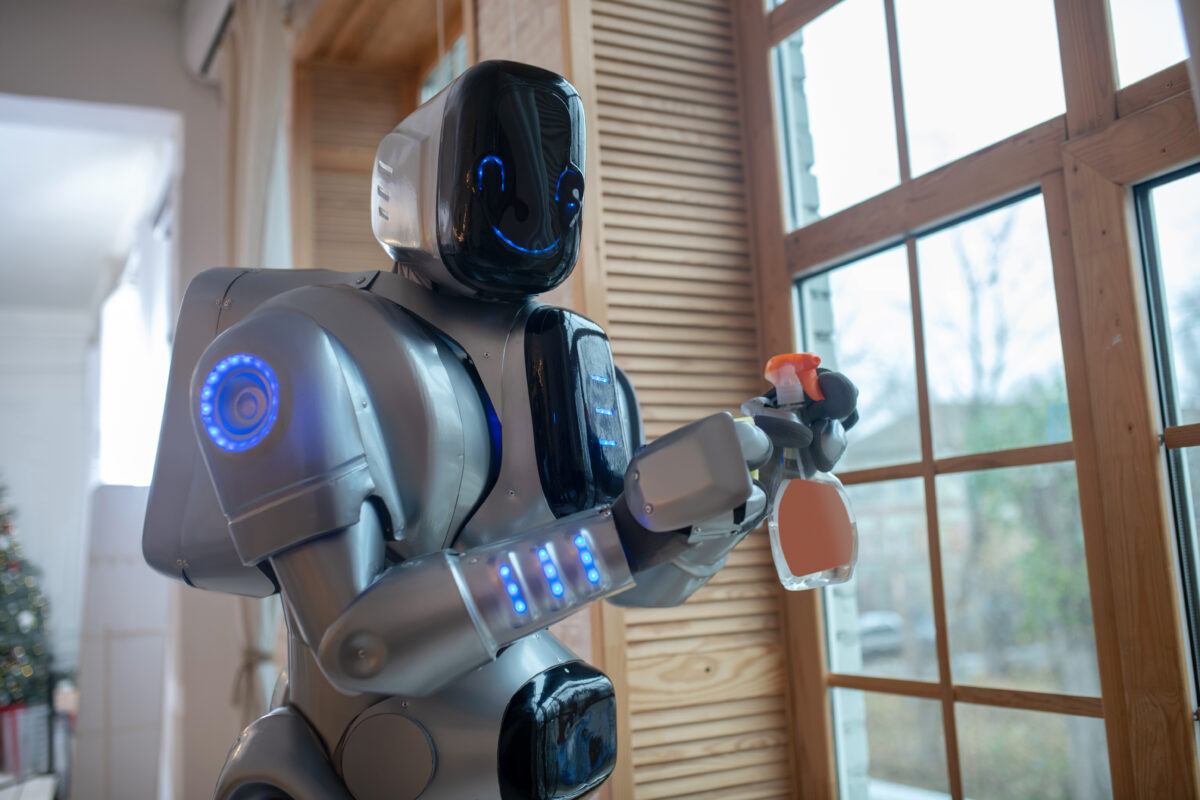
🧹 What the Video Demonstrates: More Than Just Chores
During the demo by Tesla, Optimus completes a series of subsequent tasks that are not obviously difficult, but insanely complicated when it comes to robotics:
- 🧼 Sweeping the floor: This requires visual mapping, object recognition, balance control, and synchronized arm and leg movement.
- 🍲 Stirring food: Precision control and consistent rotational movement without splashing or tipping.
- 🧻 Tearing a paper towel: A deceptively hard task that demands tactile sensitivity and coordinated hand use.
These are not simply motion tasks, but judgement tasks, about how much pressure to use, when to re-grip, and how to deal with small errors without human intervention.
It is impressive technical accomplishment that all these tasks are being carried out with a single integrated neural model.
🧩 The Bigger Picture: Tesla’s Vision for a Robotic Future
Elon Musk has consistently teased that Optimus might turn out to be an ever-present home and factory assistant, able to do any job that a person would consider hazardous, monotonous, or boring. That vision is becoming more realistic than ever with the progress demonstrated in this latest demo.
🌍 Real-World Applications of Optimus
- In Homes: Helping elderly individuals with light chores or mobility assistance
- In Factories: Performing repetitive assembly-line tasks safely and efficiently
- In Hospitals: Assisting staff with sterilization and equipment handling
- In Offices: Managing deliveries or basic maintenance
The Tesla aim is to make Optimus a mass-market product, aiming to bring down the prices that will make it affordable to an everyday family—and not only to big corporations.
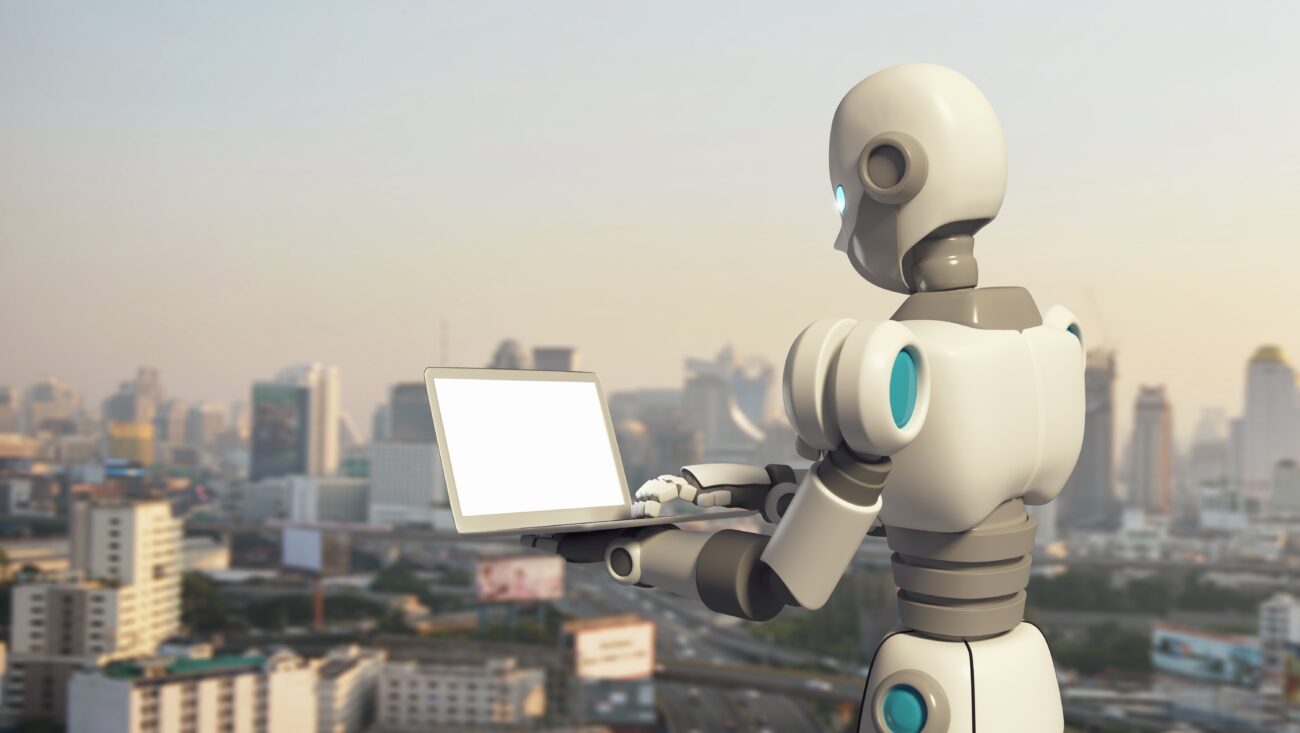
🛠️ Still a Work in Progress, But a Game-Changer
Though impressive, Optimus is still on its developmental stages. It is slow, can perform simple tasks only and does not feature actual conversation yet. However, the technology stack behind it, and most notably the neural network, is designed to scale quickly.
What’s Coming Next?
- ✅ Object learning through self-supervised training
- ✅ Faster, more natural locomotion
- ✅ Multi-task adaptability in chaotic environments
- ✅ Integration with Tesla’s AI chips for real-time inference
Due to Tesla working on both hardware and software of Optimus, simultaneously, the idea of a humanoid assistant that can be used at home is becoming a reality.
